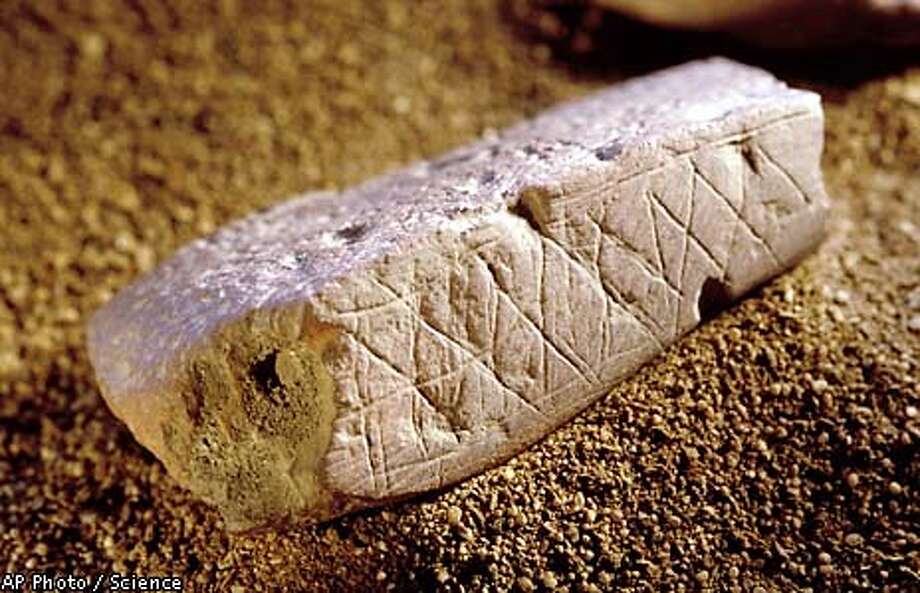
The discoveries are part of the burgeoning field of glacial archaeology, made possible as climate change shrinks ice flows around the world. “It’s easy to travel at high elevations, once you get up there and there’s snow on the ground.” “It may seem counterintuitive, but high mountains sometimes did serve as major communications routes, instead of major barriers,” study co-author James Barrett told Science.

Photo by Espen Finstad, courtesy of Secrets of the Ice. Horseshoe from the 11th to mid-13th century, found at Lendbreen in 2018. Collectively, these artifacts suggest that travelers were commonplace in the mountains, despite their remoteness and the harsh weather conditions. There were also feathered arrowheads, horseshoes-and a horse snowshoe-walking sticks, a piece of a sled, kitchen utensils, and even droppings from Viking packhorses.Īlong the path they found stone cairns that would have marked the way, with a stone shelter built near the top of the ice patch.
#OLDEST ARTIFACT PATCH#
In a melted ice patch on the mountain slopes of Norway’s Innlandet County, archaeologists found a leather shoe, a woolen mitten, and a tunic. “This is the first site where we have good chronology and the finds to illustrate that.” “The Viking age is one of small-scale globalization: They’re sourcing raw materials from all over,” Søren Michael Sindbæk, an archaeologist at Aarhus University in Denmark, who was not involved in the study, told Science.

The revelations prove that the mountain pass served as an important part of a trade network with the rest of the Viking world and that it was likely used to transport goods such as cheese, butter, reindeer pelts, and antlers between farms. 'I don't know anything about this,' Sadigh told The West Branch Times in response to cancellation at the time.A trove of about 800 Viking artifacts, some frozen in an icy mountain range in Norway for more than 1,000 years, have come to light as a result of global warming. The Herbert Hoover Presidential Library and Museum in Iowa canceled a planned visiting exhibition after Bjorn Anderson, an art history professor at the University of Iowa, said 'the majority' of its items once sold by the Sadigh gallery appeared to be fakes, the Times reported. The authenticity of Sadigh's artifacts was called into question prior to the investigation in 2019. The Times reported that in late 2020 and early 2021, his gallery's site listed a mummified falcon dated 305-30 BC for $9,000, an Egyptian sarcophagus mask carved from wood dated 663-525 BC for $5,000, and an iron and nickel fragment from a meteorite that landed in Mongolia for $1,500. He was released on his own recognizance and is due in court in October. Sadigh was arrested and pleaded not guilty August 6 to charges of scheming to defraud, grand larceny, criminal possession of a forged instrument, forgery and criminal simulation. Investigators also found the tools Sadigh used to age the phony antiques using including varnish, sanders, spray paint and mud-like substances. Prosecutors said they found thousands of objects in the back rooms of the gallery that were treated to make them seem ancient



 0 kommentar(er)
0 kommentar(er)
